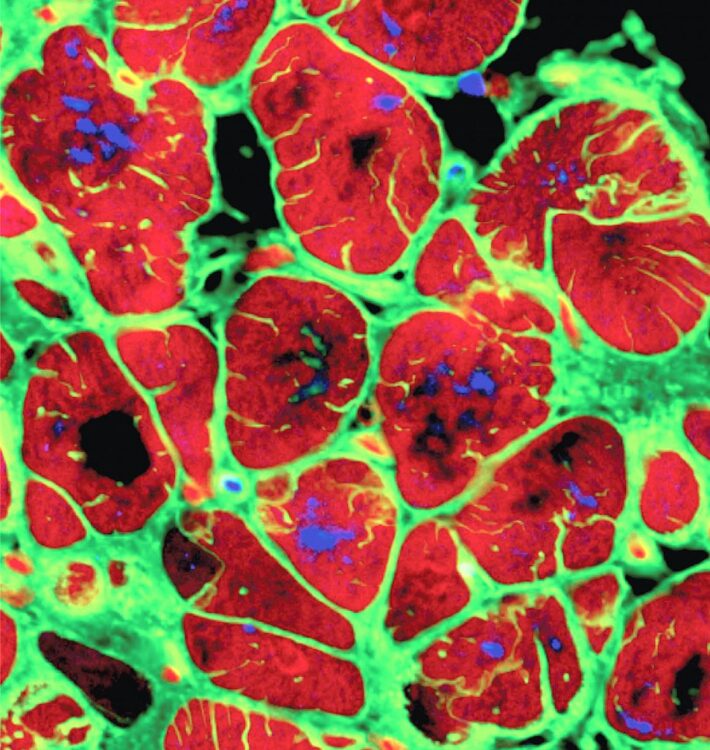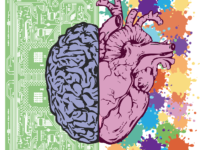In a world plagued by war and pestilence, heart disease remains the leading cause of death across every continent. However, emerging experimental therapies using stem cells may provide the solution to keeping the heart of the world beating. Stem cells are cells that precurse more common cells in the body, such as blood cells and skin cells, and, because of their multitude of potential, they can be directed to grow into cells of interest. There are different types of stem cells — embryonic stem cells (ESCs) and induced pluripotent stem cells (iPSCs) — that have different benefits and drawbacks in regenerative medicine depending on their application in research. iPSCs are stem cells derived from a somatic cell (such as a skin cell or a cheek cell swabbed from your own mouth). These cells are readily available because you can get them from the patient you are treating and use gene editing to reverse engineer them into their pluripotent origins. Pluripotency refers to the original cells that can develop into many different specialized cells depending on gene signaling. ESCs already have a certain pluripotency because they come from an embryo that has not developed specialized cells yet. However, they are harder to obtain because embryonic science is highly controversial, and one can not simply swab someone’s cheek for them, as is the case with iPSCs. Nonetheless, in the case of the heart, stem cells could be the future to reducing the prevalence of heart disease.
What if you could synthesize new heart tissue from donor stem cells? Some researchers are already living in that hypothetical world.
What if you could synthesize new heart tissue from donor stem cells? Some researchers are already living in that hypothetical world. In 2019, a clinical trial based out of Nanjing, China enrolled five participants to receive transplants of cardiomyocyte cells, cells known to control the rhythm of a beating heart, during coronary artery bypass grafting procedures. The cells were derived from iPSCs, which have been implicated as the future of transplantation. According to a report published in Nature in 2020, one of the men who received the treatment is living a significantly healthier life, claiming that he went from being debilitated because of his heart condition to back to normal life.
This study did not come out of nowhere — research at the University of Washington published in 2018 extensively demonstrated the ability of human-derived stem cells to restore cardiac function. In this case, they used ESCs instead of iPSCs like the Chinese trial. ESCs are a contentious topic in regenerative medicine, tied closely with the pro-life versus pro-choice abortion debate. Stigma surrounding them has caused researchers to shift efforts towards iPSCs, which are more accessible. While this study utilized monkey hearts as their models, it discussed the potential for creating functional grafts for diseased human hearts as well.
Although researchers are still dissecting the function of stem cells in tissue and organ regeneration, steps taken by these research groups demonstrate a future where cells from our own bodies can be used to reduce the damage done by heart disease.
Image Source: Flickr






